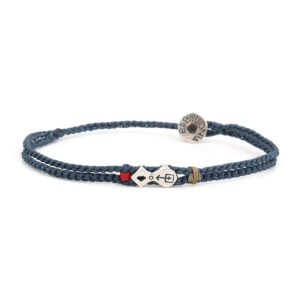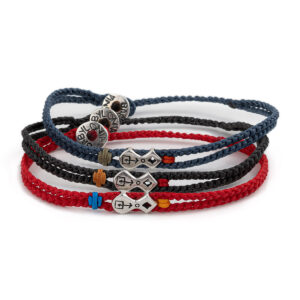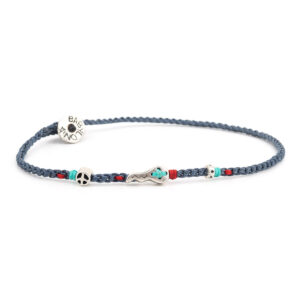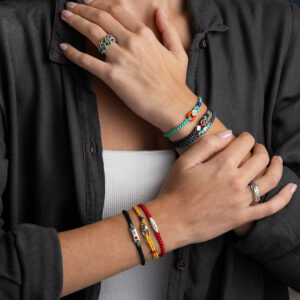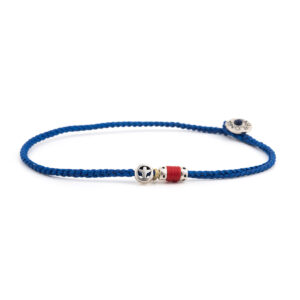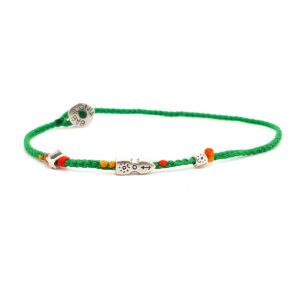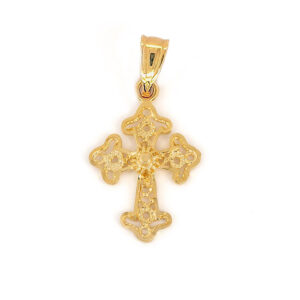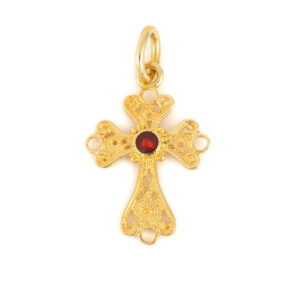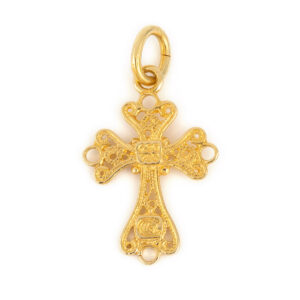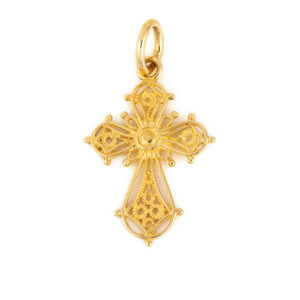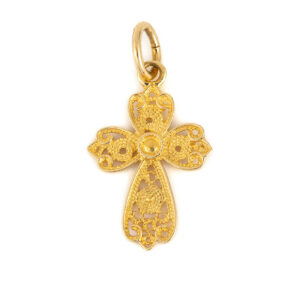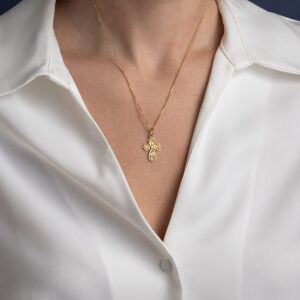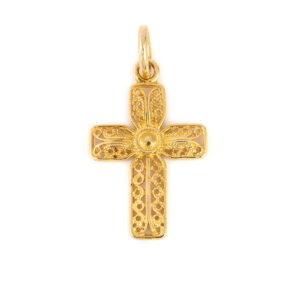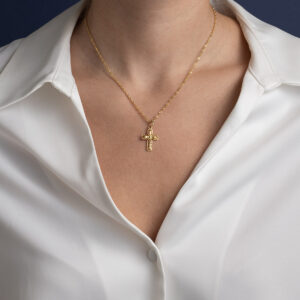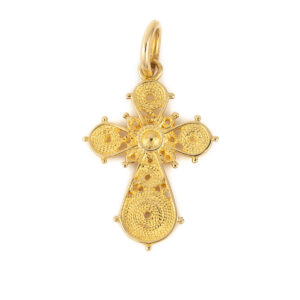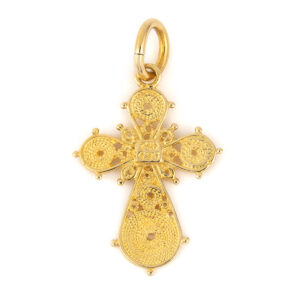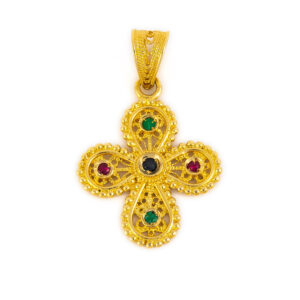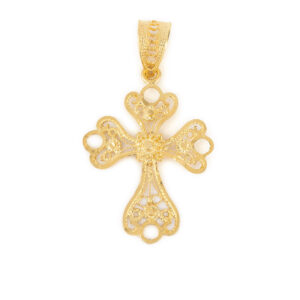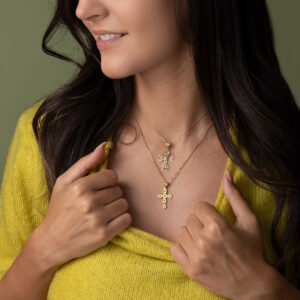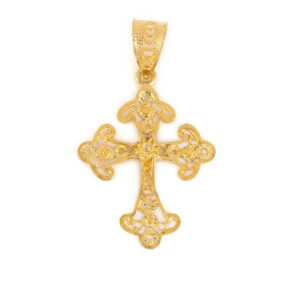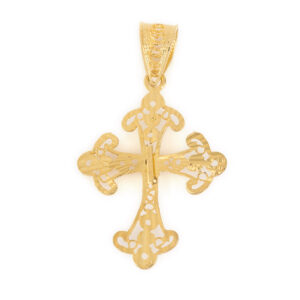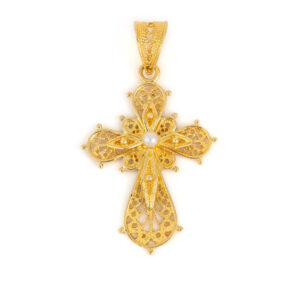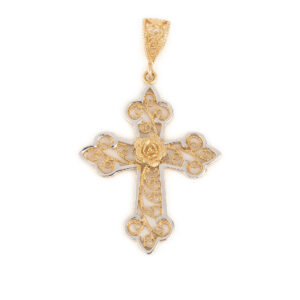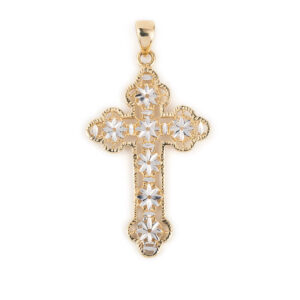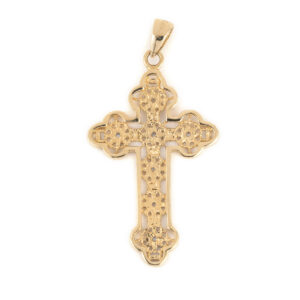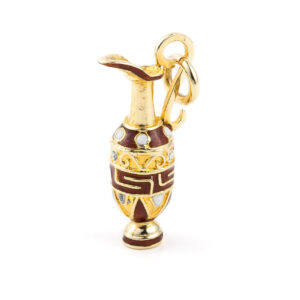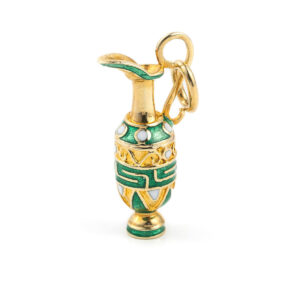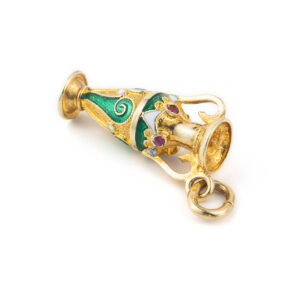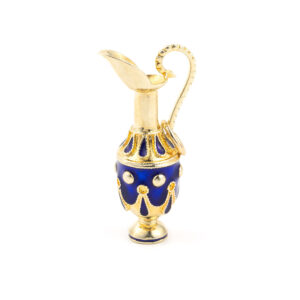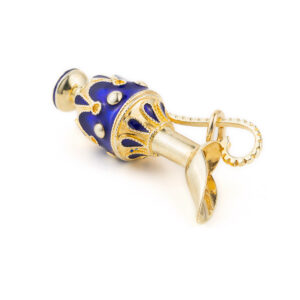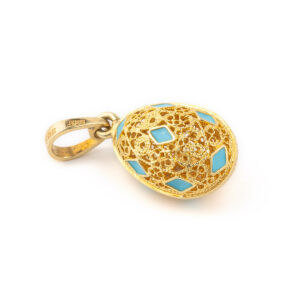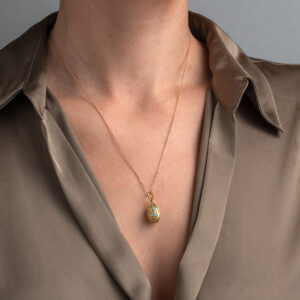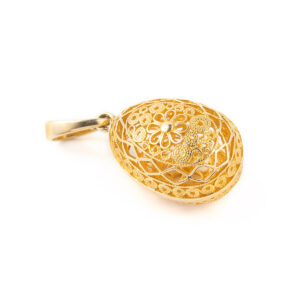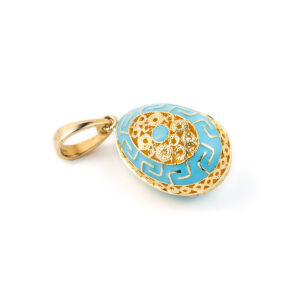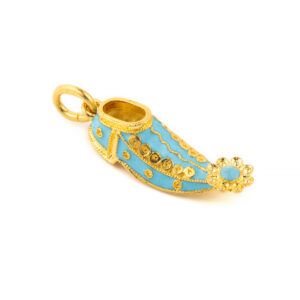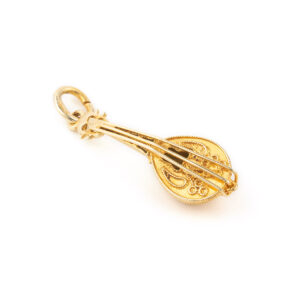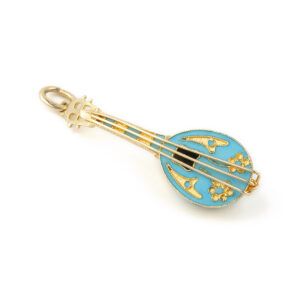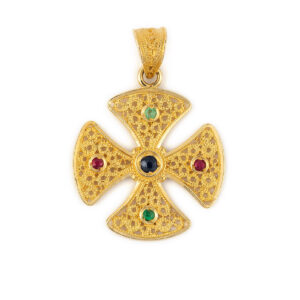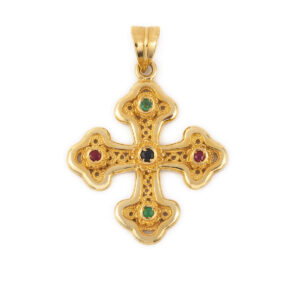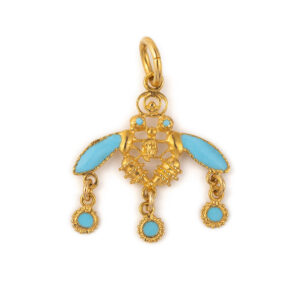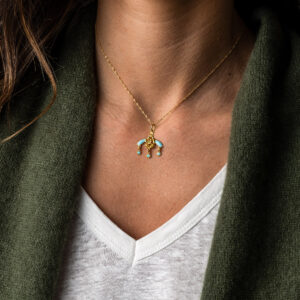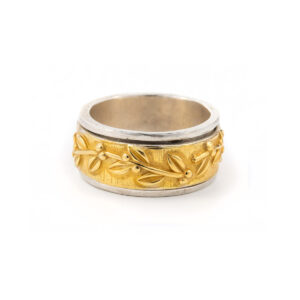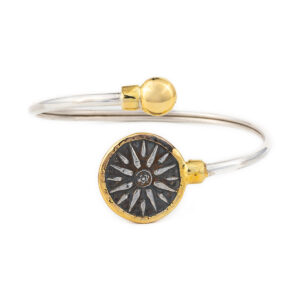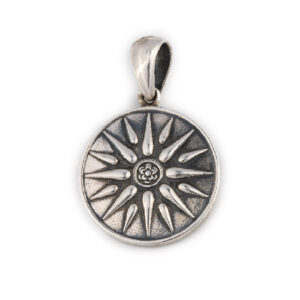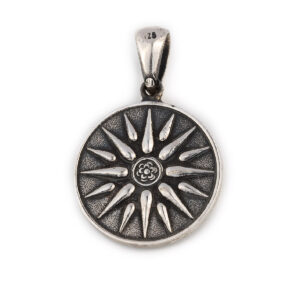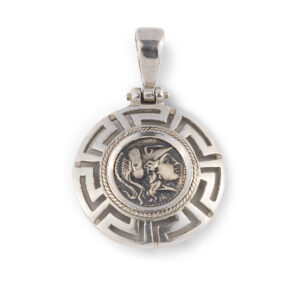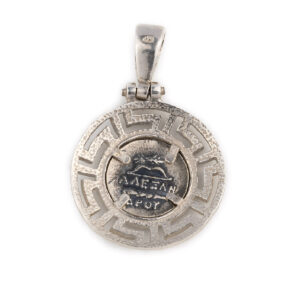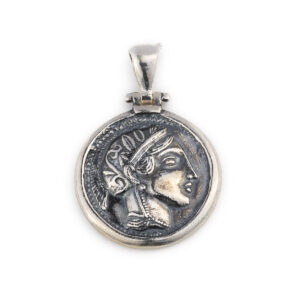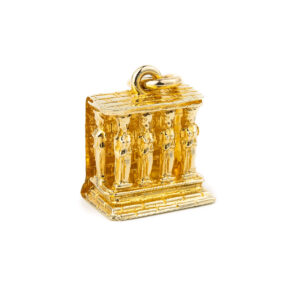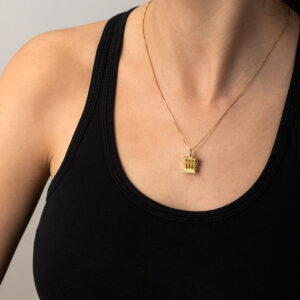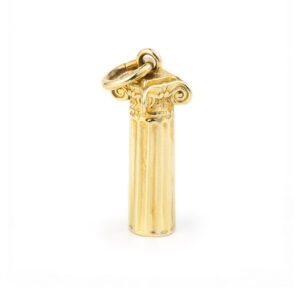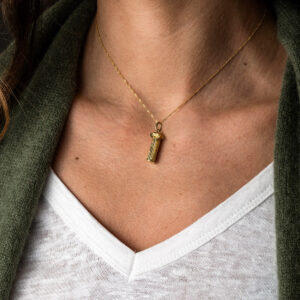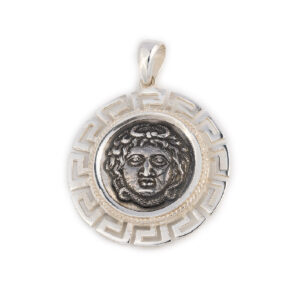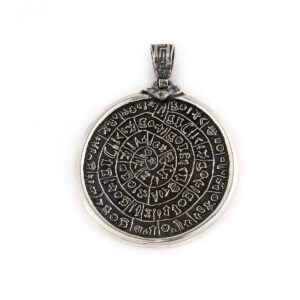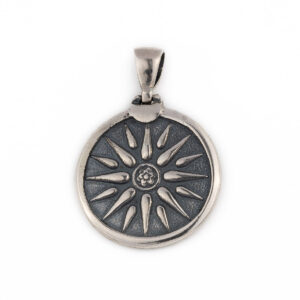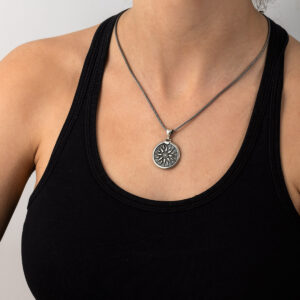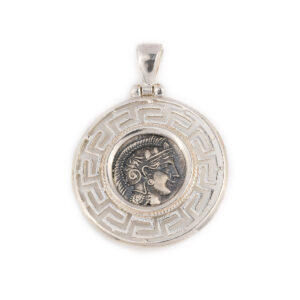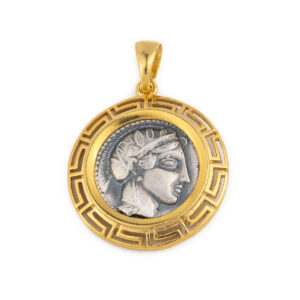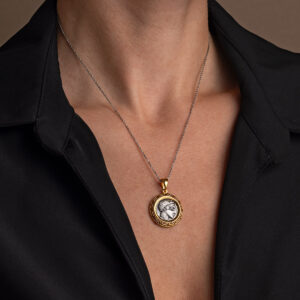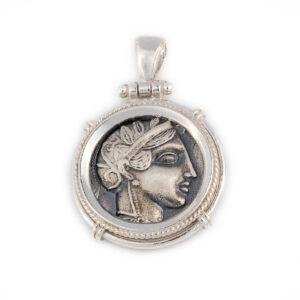“Gerochristo – Classic Bracelet in Sterling Silver” has been added to your cart. View cart
Showing 1345–1392 of 1430 resultsSorted by latest
Sort by
Material
- leather (5)
- 14k gold and sterling silver (32)
- 18k gold and sterling silver (8)
- 935 silver (921)
- Carbon polymide pa12 (1)
- sterling silver 925 (371)
- sterling silver and gold plated (3)
- gold (103)
- enamel (55)
- gold plated (129)
- bronze (4)
Design
- Constantinato (12)
- Amphora (3)
- Bouzouki (4)
- Donkey (1)
- Egg (38)
- Greek Temples (6)
- Lion (1)
- Medusa (7)
- Minoan (9)
- Ram (6)
- Spartan (3)
- Tsarouchi (2)
- Vergina Sun (10)
- Wisdom Owl (2)
Coin
- Alexander the Great (26)
- Goddess Athena (47)
- Helios Sun God (5)
- Hercules (10)
- Medusa (1)
- Parthenon (1)
- Pegasus (6)
- Theseus and the Minotaur (1)
Stone
- amazonite (1)
- amethyst (1)
- bloodstone (1)
- crystals (1)
- diamond (1)
- emerald (17)
- fildisi (11)
- garnet (3)
- lapis lazuli (9)
- malachite (2)
- mother of pearl (4)
- multi stone (3)
- onyx (3)
- opal (2)
- pearl (6)
- ruby (24)
- sapphire (22)
- sodalite (1)
- swarovski (1)
- tourmaline (2)
- turquoise (8)
- turquoise copper (1)
- zircon (33)
- blue & red (1)
- red & green (1)
Symbol
- adaptability (75)
- ambition (74)
- climber (36)
- common effort (22)
- communication (76)
- faith (119)
- fantasy (63)
- greek key (4)
- hope (95)
- humans (2)
- infinity (16)
- love (146)
- optimism (218)
- oxygen (9)
- peace (115)
- redefinition (4)
- renaissance (20)
- safety (3)
- sentiment (111)
- solidarity (13)
- soul (255)
- trust (134)
- zodiac (24)
- aquarius (1)
- aries (1)
- cancer (1)
- capricorn (1)
- gemini (1)
- leo (1)
- libra (1)
- pisces (1)
- sagittarius (1)
- scorpio (1)
- taurus (1)
- virgo (1)
Color
- multicolor (1)
- Aqua Marine (49)
- Baby Blue (1)
- Black (190)
- Blue (28)
- Blue Jean (125)
- Brown (114)
- Chocolate (4)
- Coral (16)
- Dark Green (12)
- Dark Grey (149)
- Electric (18)
- Fuchsia (11)
- Gold (3)
- Green (28)
- Grey (66)
- Haki (19)
- Ice (39)
- Lilac (6)
- Mild Green (10)
- New Blue (11)
- New Haki (51)
- Olive (2)
- Orange (1)
- Petrol (26)
- Pouro (12)
- Purple (5)
- Red (152)
- Red & Blue (1)
- Royal Blue (41)
- Rusty (46)
- Siel (13)
- Silver (1)
- Taba (9)
- Terracotta (4)
- Turquoise (71)
- Veraman (5)
- White (3)
- Yellow (38)

